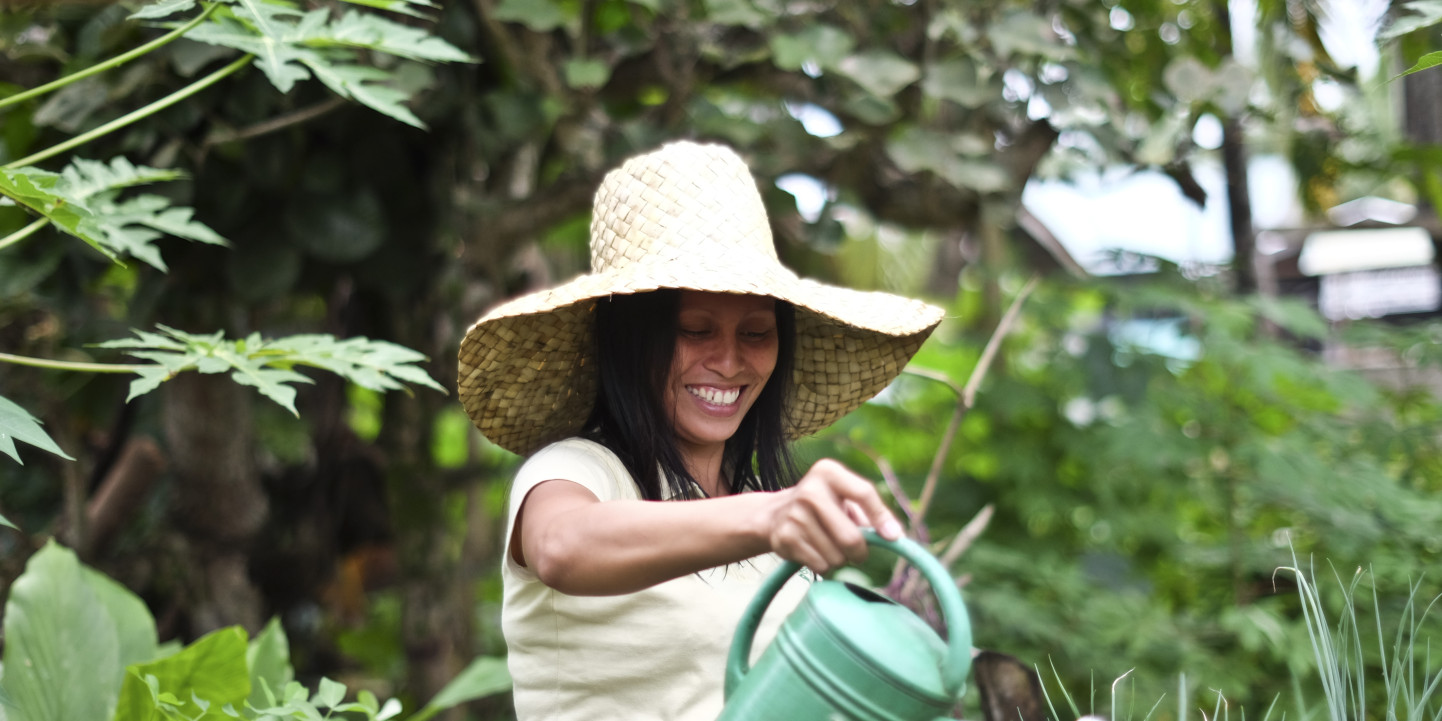We’ve had some great results from our recently completed three-year disaster preparedness project in the Philippines! Our International Programmes Manager Jessica shares some updates from Agusan del Sur.
Known to be one of the poorest regions in the Philippines, Agusan del Sur is a landlocked province in the Caraga region of Mindanao which is vulnerable to natural disaster.
“I lived in the Philippines for much of my childhood. I’ve seen such a different side to the Philippines from what I saw growing up here, and has really reinforced to me the resilience and innovation of Filipinos.”
In one of the schools we worked in, the children explained to us how they used the ‘body mapping’ technique to explore how emergencies would affect their lives and identify the immediate risks they would face. They trace an outline of their body on paper and then explain how their minds would be affected by scary events and their eyes in terms of what they see. Their main body could be affected by things like physical harm.
Thanks to the support of generous donors like you and our teams on the ground:
Over 97% of children can easily identify and decrease the risks and hazards associated with common disasters they face, such as floods and cyclones.
And 98% of children can demonstrate the proper safety steps to take in an earthquake, fire or armed conflict.
In the last three-years:
- 20 workshops were completed on disaster-resilient food security; 609 people were trained.
- 557 families implemented and adapted at least one new food security option.
Jessica says, one of the highlights of this project for me is the food security component, which is aimed at getting families to invest in ways to grow or store food that will withstand natural disasters. One of the main activities has been backyard gardening. We’ve worked with people to build structures that raise their crops off the ground, essentially hanging gardens, so that they won’t lose their crops when it floods. The communities were hit by Typhoon Bopha in 2012 and sustain as many as seven floods a season. The whole area is low lying, so they end up having to evacuate again and again, with flood waters rising halfway into their homes.
Again, we want to say a big thanks to the support of generous donors like you and our teams on the ground and lastly share Jocelyn’s story.
Jocelyn is a stellar example of what can happen when you plant the seeds of change. She told Jess that one day when her neighbours noticed that her crops had survived recent floods, they started to copy her and started using hanging-style plants in their own garden! Jocelyn has used old coconuts, shoes, cloth bags, anything that she can turn into a pot that will retain moisture effectively. She’s diversified into different crops and now sells spring onions, eggplants and chilli at the community market. Her garden continues to grow and she has been able to start saving money to purchase insurance for her family’s house and family health in the event of a flood.




